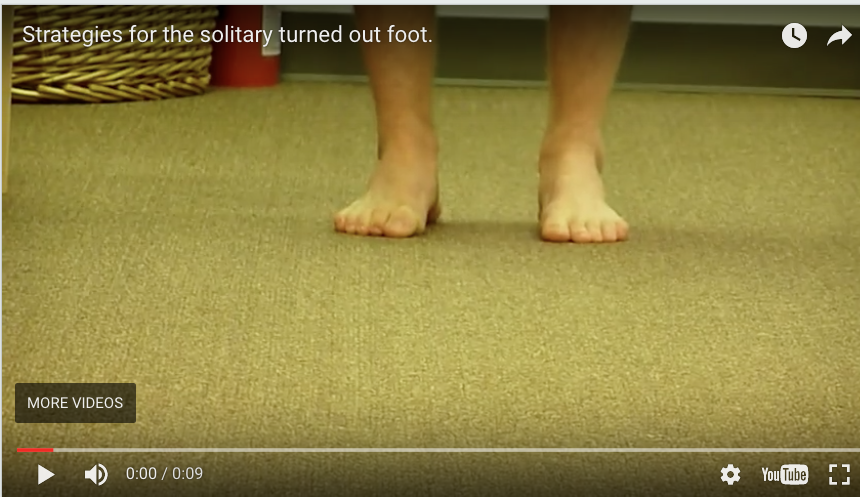Gait is "all encompassing"
/Last week we did a presentation on some very classic, yet challenging, gait video case presentations. This slide was a big piece of our presentation.
We discussed that there are volitional and non-volitional movements that accompany the adequate and appropriate postural system control.
If you want to hurt your brain, read this paper.
But in a nutshell what this paper says is that we have a constant switching between steady state cortical neuron discharge and and non-steady state discharge. For example, when we are on a flat road, no obstacles ahead of us, nothing but boring open road, the system sort of runs on an automated program, making limb movements calculated off of a normal unchallenged baseline. But, if there are roots, rocks, curbs, bikes to dodge, puddles to hurdle etc, the volitional and postural systems must change their operation, and alter limb movements based off of those postural systems as we pay attention, and negotiate the obstacles. There is this delicate symphony occurring between automated posture, calculated posture, rhythmic limb movements. In other words, there are volitional, reactionary and anticipatory plans and adjustments occurring in the background at all times.
But, make no mistake, bad, faulty, inefficient motor patterns can become automated if injuries are left, if they are left partially rehabed, if we teach our clients faulty patterns by overloading them and forcing adaptive patterns to inappropriate load or fatigue. These modifications occur deep in the CNS, much in the premotor cortices, and take into account body schema (their correct or distorted perception of where they are, or their limbs are, in space). Build strength or endurance on an altered schema, one that might be present from an old injury, and one will build strength and endurance where one does not want them to go. Properly training clients, offering corrective exercise and the like is far deeper that just asking your client to load and get stronger, unless you wish to assume that their limitations and compensations are unimportant. This takes us right back to the asymmetry debate, which we know so many love to dive into. Asymmetry is the norm of course, just don't be the person creating more of it for your client.
"Adaptive gait control requires constant recalibration of walking pattern to navigate different terrains and environments. For example, motor cortical neurons do not exhibit altered discharge during steady-state locomotion, but altered discharge occurs when the experimental animal has to overcome obstacles. Loops from the motor cortical areas to the basal ganglia and the cerebellum may contribute to this purpose (ie, contribute to accurate and adaptive movement control that requires volition, cognition, attention, and prediction). In contrast, cortical processing seems unnecessary during the automatic execution of locomotion. Rather, high-level processing may occur in the systems between the basal ganglia, cerebellum, and brainstem in the absence of conscious awareness. - TAKAKUSAKI , Neurophysiology of Gait: From the Spinal Cord to the Frontal Lobe. Movement Disorders, Vol. 28, No. 11, 2013







































